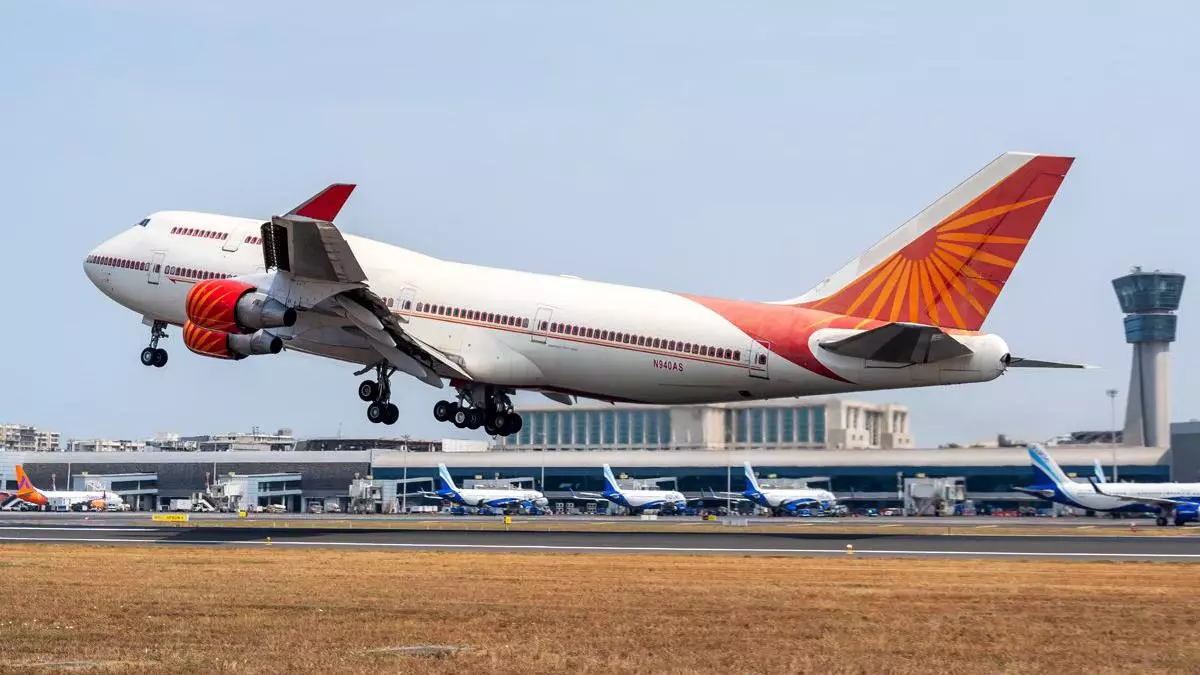Once termed as the queen of the skies, the first of the last four of Air India’s Boeing 747 flew out of Mumbai’s international airport on Monday for the final time. The pilots flying the aircraft performed a “Wing Wave” — an aviation tradition reserved for retiring or concluding flights.
- Also read:Investment boom in Indian aviation
Air India had taken delivery of its first Boeing 747 on March 22, 1971. Often referred to as the “Jumbo Jet,” it was one of the most iconic and recognisable aircraft in the world. In the late 1960s, the demand for air travel was growing rapidly, and airlines were seeking larger capacity aircraft to meet this demand. Boeing responded by developing the 747, which was intended to be significantly larger than any existing airliner then. The 747 entered commercial service with Pan American World Airways (Pan Am) in January 1970, operating its inaugural flight between New York and London. Its ability to carry more passengers than any previous airliner quickly made it popular among airlines.
“The 747 has left an indelible mark on aviation history. It played a crucial role in democratising air travel by making long-distance travel more affordable and accessible to people around the world. Its distinctive hump, which houses the cockpit, has made it instantly recognisable,” said an aviation geek.
“Despite its eventual retirement from commercial service by many airlines, the Boeing 747 continues to hold a special place in the hearts of aviation enthusiasts and the general public alike, symbolising the golden age of air travel and the power of human ingenuity,” said an industry executive
The Air India aircraft was de-registered by the Directorate General of Civil Aviation (DGCA) last year and was named Agra. There are three more 747s with Air India. The airline has sold these aircraft to foreign companies, which will most likely use them as freighters, for transporting cargo and other supplies over long distances, or it may be even scrapped for spare parts.

